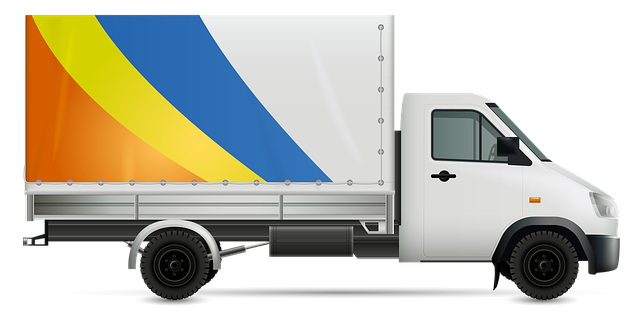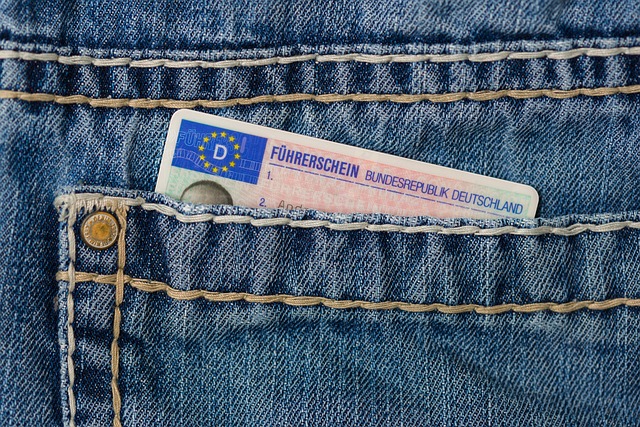Transportation safety checks are crucial for upholding industry standards in commercial driving, focusing on vehicle condition, driver qualifications, and compliance with regulations. Regular inspections verify drivers' licenses, endorsements, and medical certificates, ensuring fitness to operate heavy machinery. Key steps in CDL verification include validating license validity, cross-referencing details, and employing biometric scans or document checks. Advanced digital platforms enable real-time data sharing, simplifying the process for regulators and drivers. Businesses must stay current with regulatory changes and use technology for digital verification, conducting regular audits or random inspections to enhance safety and reduce road risks.
In the dynamic realm of commercial transportation, ensuring safety is paramount. Verifying commercial driver licenses (CDLs) and certifications is a critical component of comprehensive transportation safety checks, safeguarding roads and fostering public trust. This article delves into the significance of CDL verification, exploring essential practices, common challenges, and best strategies to maintain a robust and secure transport network. Understanding these procedures is pivotal for professionals aiming to uphold stringent safety standards in today’s bustling logistics landscape.
- Understanding Transportation Safety Checks
- Importance of Verifying Commercial Driver Licenses
- The Process: How to Conduct Effective Verification
- Common Challenges and Their Solutions
- Best Practices for Maintaining a Safe Transport Network
Understanding Transportation Safety Checks

Transportation safety checks are a crucial aspect of maintaining a secure and responsible commercial driving environment. These rigorous inspections aim to ensure that all drivers and their vehicles meet stringent industry standards, thereby minimizing risks on the road. By implementing comprehensive transportation safety checks, authorities can verify critical elements such as vehicle condition, driver qualifications, and adherence to traffic regulations.
Regular safety checks play a pivotal role in preventing accidents, promoting driver accountability, and fostering public trust. They involve detailed examinations of vehicles, including brakes, lighting systems, tires, and safety equipment. Additionally, these checks scrutinize driver’s licenses, endorsements, and medical certificates, verifying that commercial drivers possess the necessary qualifications and remain physically fit to operate heavy machinery.
Importance of Verifying Commercial Driver Licenses

In today’s world, where road safety is paramount, verifying commercial driver licenses (CDLs) is an indispensable practice for maintaining transportation safety checks. With a vast number of vehicles on the road, from trucks to buses, ensuring that drivers possess valid and accurate certifications is crucial. Every CDL holds vital information about the holder’s qualifications, including their driving privileges, vehicle endorsements, and medical fitness.
Regular verification processes play a pivotal role in mitigating risks associated with unsafe driving practices. It helps prevent accidents caused by expired licenses, unauthorized vehicle operation, or drivers lacking necessary training. By implementing rigorous checks, transportation companies can foster a culture of accountability, upholding legal standards, and ultimately contributing to a safer transportation network.
The Process: How to Conduct Effective Verification

Conducting effective verification of commercial driver licenses (CDLs) and certifications is a crucial aspect of maintaining transportation safety checks. The process involves several key steps to ensure accuracy and compliance. Firstly, verify the license’s validity by checking its expiration date and ensuring it hasn’t been suspended or revoked through dedicated databases maintained by regulatory authorities. This can often be done online or via mobile apps designed for such verifications.
Additionally, cross-reference the license details with the driver’s personal information, including name, address, and photograph, to prevent fraud. Many jurisdictions also require additional verification methods, such as biometric scans or document checks against official records. Incorporating these steps into your standard operating procedures helps ensure that only qualified and authorized individuals are allowed behind the wheel of commercial vehicles, thereby enhancing overall transportation safety.
Common Challenges and Their Solutions

Verifying commercial driver licenses (CDLs) and certifications is a critical yet complex process, often fraught with challenges. One of the primary hurdles is the vast number of issuing authorities and varying state-specific requirements, making centralized verification difficult. To overcome this, advanced digital platforms are emerging that facilitate real-time cross-verification between states, streamlining the process for both regulators and commercial drivers.
Another common challenge lies in maintaining data accuracy and security. With sensitive information at stake, ensuring reliable and secure databases is paramount. Implementing robust cybersecurity measures, regular data audits, and encrypting sensitive records can mitigate risks associated with data breaches or tampering. Furthermore, integrating transportation safety checks into the verification process helps identify potential issues, enhancing overall safety on the road by flagging non-compliance or expired certifications before they contribute to accidents or regulatory violations.
Best Practices for Maintaining a Safe Transport Network

Maintaining a safe transport network is paramount for any business involved in commercial driving. To ensure this, regular and thorough transportation safety checks are non-negotiable. These checks should encompass verifying driver licenses, checking vehicle maintenance records, and assessing load securement practices. By implementing these best practices, companies can significantly reduce risks associated with road transportation.
Moreover, staying up-to-date with regulatory changes related to driver certification and safety protocols is crucial. Utilizing technology for digital verification of licenses and training records streamlines the process, increasing efficiency while upholding safety standards. Regular audits and random inspections further reinforce a culture of safety, holding drivers and carriers accountable for adhering to best practices in transportation safety checks.














